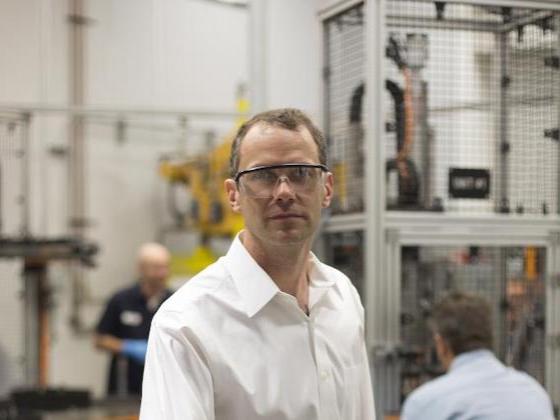
Program Overview
Engineering, 3-2
Pursue applied science within the liberal arts.
Kate Hull ’18 spent winter term with professor Patrick Simen building a Lego robot and teaching aid.
Photo credit: Yevhen Gulenko
Devise Solutions to Real World Problems
Combine your time at Oberlin with two years at one of 4 partner institutions Caltech, Case Western, Wash U., and Columbia
Pathways in Science and Technology
Oberlin’s Career Communities provides structured opportunities for students to pursue their postgraduate career plans, placing interested students at a range of organizations from the Environmental Protection Agency to Medtronic and Google.
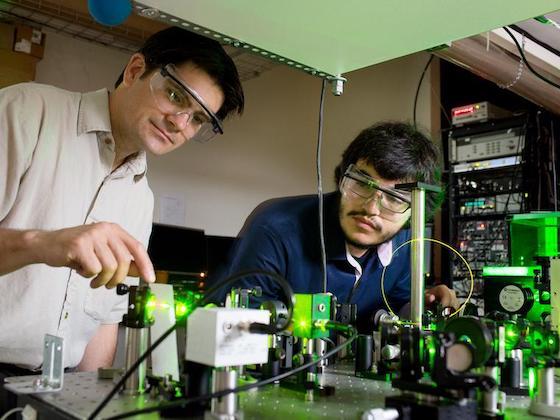
STEM in Color
Oberlin’s STRONG program (Science and Technology Research Opportunities for a New Generation) represents the college’s ongoing commitment to increasing the diversity of the STEM workforce.
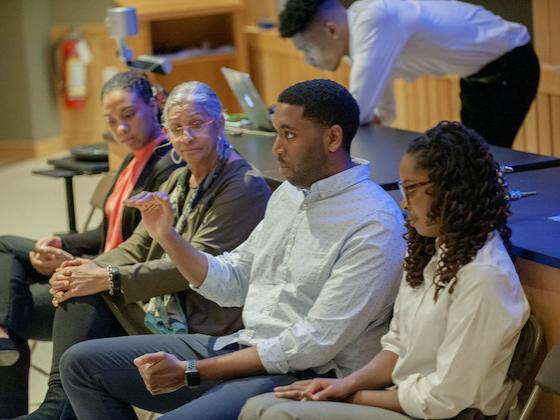
Undergraduate Research

Hibatullah uses a scanning electron microscope-energy dispersive X-ray spectrometer to efficiently collect and analyze chemistry at the microscopic scale.
Featured Courses
CHEM 101
Structure and Reactivity
This entry-level course introduces students to the foundational study of reactions, chemical periodicity, bonding, molecular structure, and other questions central to the field of chemistry. Students have the option to join sections that are taught in workshop mode, emphasizing collaborative problem solving and peer discussion.
- Taught by
- Matthew (Matt) Elrod
PHYS 111
Electricity, Magnetism and Thermodynamics
This is the second course in the three-semester calculus-based introductory sequence. Topics include electric and magnetic fields, electric and magnetic properties of matter, direct and alternating current circuits, electromagnetic phenomena, thermodynamics and kinetic theory.
- Taught by
CSCI 150
Introduction to Computer Science
Learn the basics of Computer Science and coding in this course. Interactive class discussion and weekly coding labs will teach you everything you need to know to write programs to process data, draw pictures, play games, or make music.
- Taught by
- Sam Taggart
MATH 234
Differential Equations
An introduction to analytic, qualitative and numerical methods for solving ordinary differential equations. Topics include general first order equations, linear first and second order equations, numerical methods (Euler, Runge-Kutta), systems of first order equations, phase plane analysis, and Laplace Transforms. There is emphasis throughout the course on geometric and qualitative interpretations of differential equations, as well as applications to the natural sciences.
- Taught by
Student Profiles
Mixing Art and Engineering
Enrico Milletti ’19, a visual arts major in the 3-2 Engineering program, was selected for the Louis Sudler Prize in the Arts. “I am interested in mechanical engineering because it is very hands-on and concerned with design thinking, just like my current work in studio art,” says Milletti.
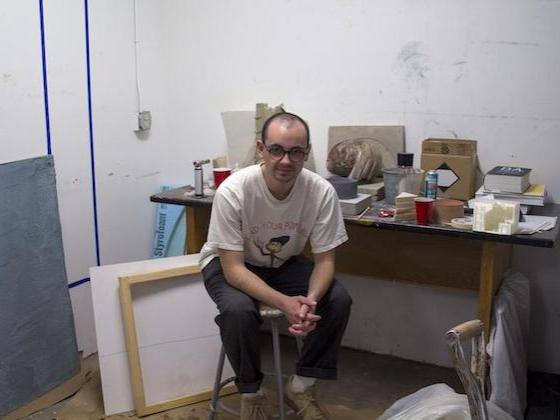
Tracking Energy Use
Cole Hershkowitz ’11, began working with energy monitoring systems while at Caltech, where he went as part of Oberlin’s 3-2 engineering program. He since became the cofounder of Chai Energy, an app that tracks energy use in homes in real time, and winner of Oberlin's LaunchU competition.
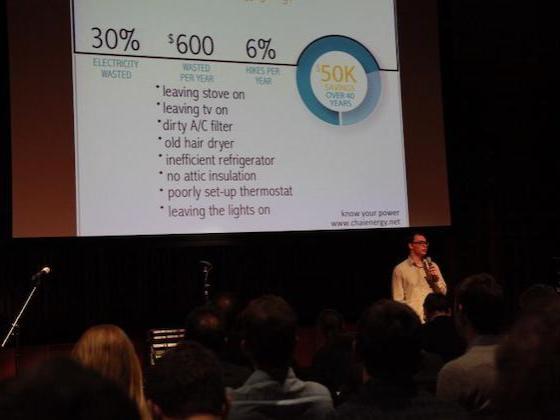
Lemelson-MIT Prizewinner
Jay Whitacre ’94, entrepreneur, inventor, and professor at Carnegie Mellon University’s College of Engineering, received the $500,000 Lemelson-MIT Prize for the Aqueous Hybrid Ion battery, which has the potential to revolutionize the way sustainable energy is stored.
